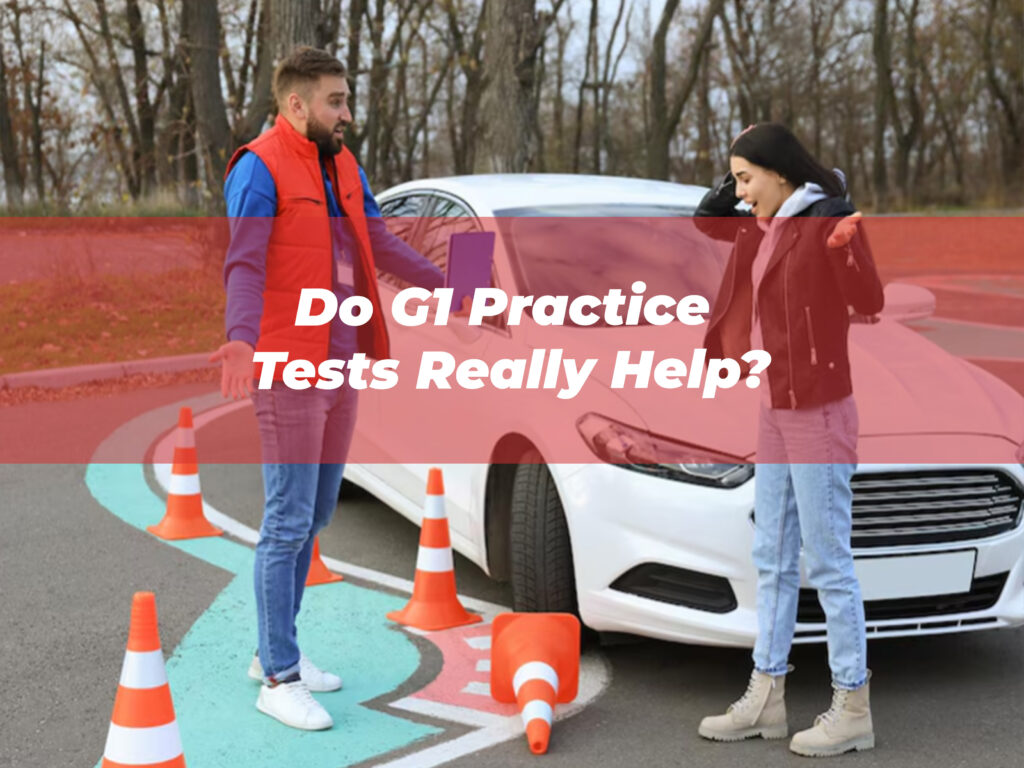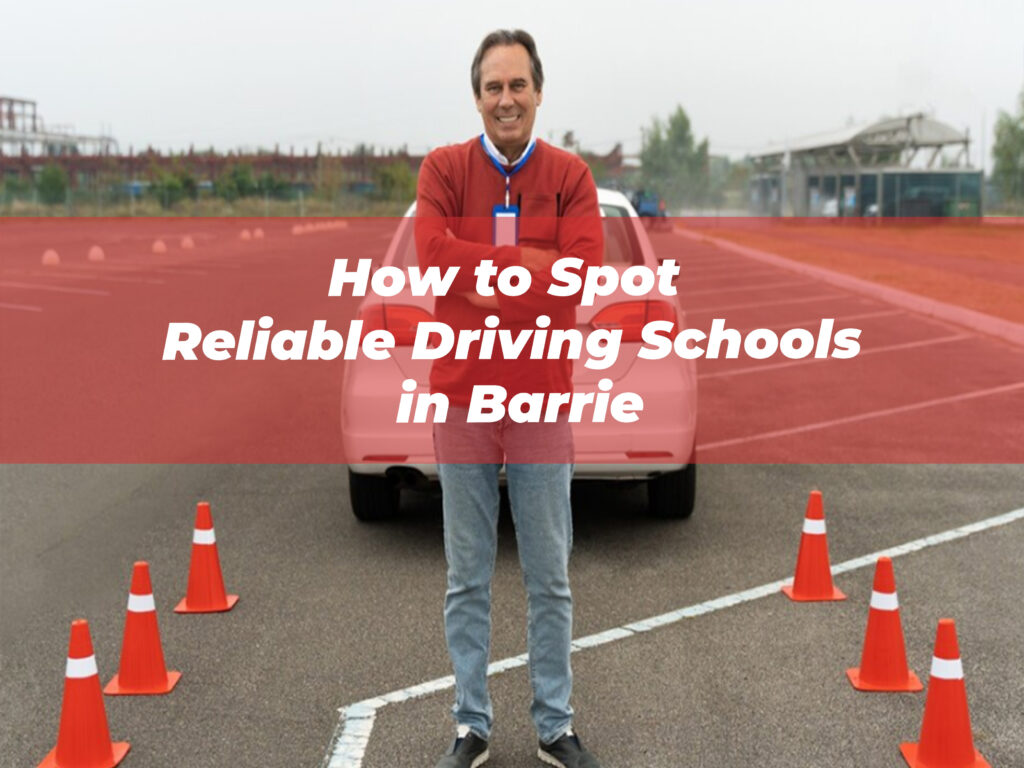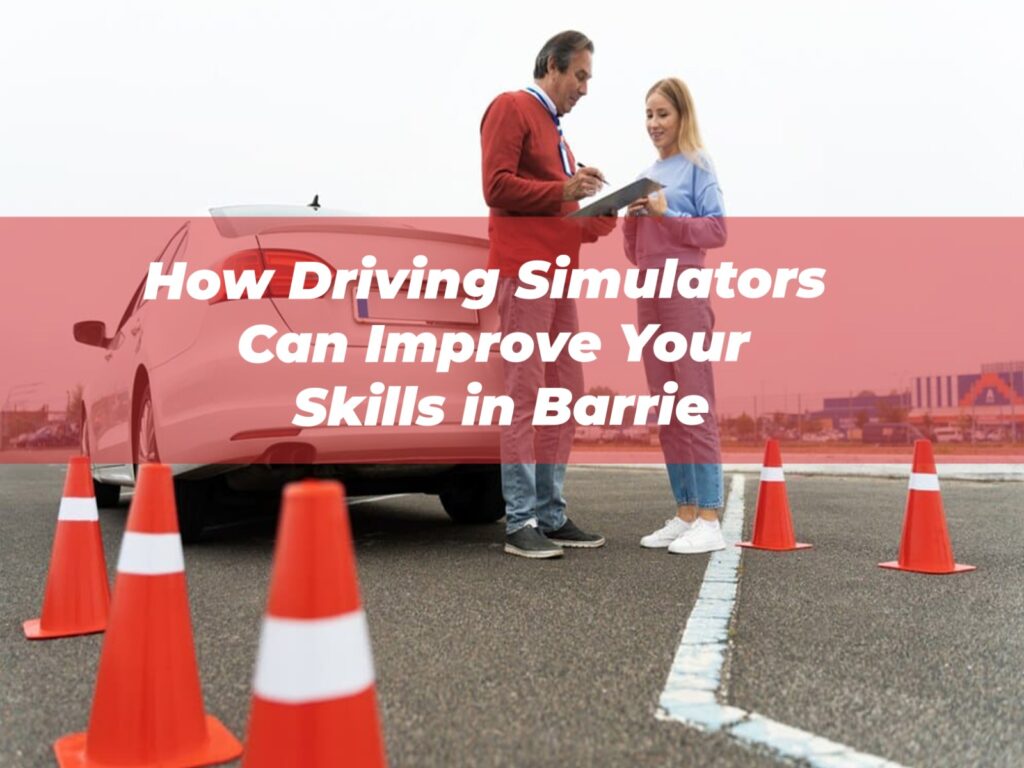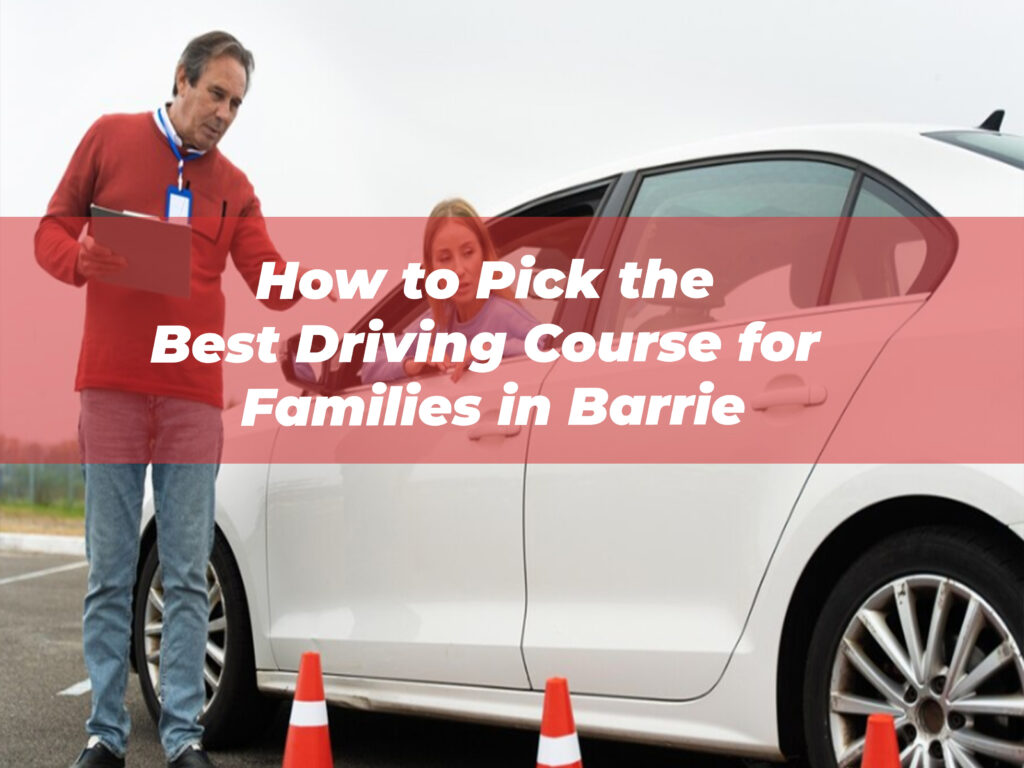Driving in heavy traffic can be a frustrating and stressful experience, especially if you’re navigating a bustling town like Newmarket. Known for its rich equestrian culture and vibrant marketplace, Driving in Heavy Traffic attracts a lot of visitors, making traffic congestion an expected part of urban life here. Whether you’re a local or just passing through, learning how to handle heavy traffic efficiently is essential for both safety and peace of mind.
This blog is packed with practical advice, local insights, and strategies to help you stay calm and in control when driving around Newmarket’s busy roads. From planning smarter routes to staying patient in gridlock, here’s how you can master the art of driving in heavy traffic.
Why is Traffic Heavy in Newmarket?
Newmarket is renowned for its attractions, including the National Horse Racing Museum, the Driving in Heavy Traffic Racecourse, and its charming high street. These landmarks draw both locals and tourists, creating bottlenecks on the roads. Additionally, with the A14 and A11 nearby, the town sees plenty of long-haul vehicles passing through. Knowing the root causes of traffic jams in the area can help you anticipate delays and prepare accordingly.
Some factors contributing to traffic in Driving in Heavy Traffic include:
- Tourist Activity – Popular events like horse races draw large crowds.
- Peak Travel Hours – Commuters heading to Cambridge or larger cities clog up the roads.
- Construction Work – Road maintenance, although necessary, can lead to lane closures.
- Narrow Roads in the Town Centre – The older infrastructure wasn’t designed to handle modern traffic volumes.
Armed with this understanding, you can better plan your trips and avoid stress.
1. Plan Your Route Before You Leave
One of the best strategies for handling Driving in Heavy Traffic is planning your route in advance. Thanks to apps like Google Maps and Waze, you can now get real-time updates on traffic conditions, road closures, and accidents. If you’re headed to or through Newmarket during peak hours, check traffic reports before you leave and adjust your route if necessary.
How to Plan Smarter Routes
- Explore Alternate Routes – The A14 and A11 are major roads serving Driving in Heavy Traffic, but they can become congested. Look into smaller roads that might bypass traffic hotspots.
- Use GPS Alerts – Many navigation apps offer features that notify you of upcoming jams, allowing you to reroute.
- Check Peak Times – Typically, 7–9 a.m. and 4–6 p.m. are the worst times. Avoid traveling during these periods if you have flexibility in your schedule.
By being proactive in your planning, you can save precious time and avoid unnecessary frustration.
2. Start Early or Late
When it comes to avoiding Driving in Heavy Traffic, timing could be everything. If you’d rather not sit bumper to bumper, try adjusting your schedule to steer clear of the busiest periods.
Benefits of Leaving Early or Late
- Less Competition on Roads – Traveling during off-peak hours helps you avoid the rush crowd.
- Reduced Stress – Without the added pressure of a jam-packed road, you’re more likely to arrive calm and collected.
- Improved Efficiency – Starting early gives you a time cushion to reach your destination without rushing.
For instance, if you’re headed to Driving in Heavy Traffic Racecourse, aim to leave home earlier than you think is necessary. Not only will you beat traffic, but you’ll also have extra time to find parking.
3. Keep Calm in Gridlock
Sitting in bumper-to-bumper traffic is no one’s idea of fun, but staying calm is crucial. Stress and frustration can lead to poor decision-making, which could increase the likelihood of accidents. Patience truly is a virtue when it comes to heavy traffic driving.
Ways to Keep Your Cool
- Listen to Music or Podcasts – A relaxing playlist or an engrossing podcast can help you shift focus away from the traffic chaos.
- Use Breathing Techniques – If you’re feeling stressed, try deep breathing exercises to calm your nerves.
- Avoid Aggressive Driving – Resist the urge to tailgate or weave between lanes; this will only make the situation worse.
Keeping a positive mindset is just as important as knowing the routes to take!

4. Know Your Parking Options Ahead of Time
Parking is often as challenging as navigating the traffic itself, especially in a town like Driving in Heavy Traffic where options are limited during busy times. To avoid endlessly circling for a spot, research parking facilities beforehand.
Tips for Hassle-Free Parking in Newmarket
- Park & Ride Services – Check if there’s a Park & Ride nearby to leave your car outside the town centre and take public transport in.
- Pre-book Parking – Many parking lots allow you to reserve a spot online.
- Know the Free Zones – Familiarize yourself with areas that offer free parking for a limited time.
Use apps like Parkopedia to locate parking spots around key destinations like the high street and the racecourse.
5. Make Use of Public Transport
Another great tip for reducing stress and avoiding heavy traffic is to leave your car behind entirely. Driving in Heavy Traffic is well-served by reliable public transport, making buses and trains a practical option for many trips.
Local Public Transit Options
- Trains – The Newmarket railway station provides easy connections to Cambridge, Ely, and Ipswich. If you’re traveling regionally, this is a fantastic alternative to driving.
- Buses – Companies like Stagecoach East operate buses in and out of Driving in Heavy Traffic. Check timetables to sync your travel plans.
Riding public transport not only cuts down on personal stress but also benefits the environment by reducing the number of vehicles on the road.
6. Stay Alert to Pedestrians and Cyclists
With Newmarket being a tourist-heavy town, pedestrians and cyclists are a common sight. Be extra mindful of these road users, particularly around the high street and other crowded areas. Many visitors may be unfamiliar with the area, so always be prepared for sudden stops or unexpected movements.
Driving Defensive Strategies
- Follow Speed Limits – Stick to posted speed limits, especially in pedestrian zones.
- Use Extra Caution at Crosswalks – Always yield to pedestrians when they’re crossing, even if they’re moving slowly.
- Share the Road – Cyclists are entitled to road space just like cars. Overtake them safely, leaving plenty of space.
A little extra care goes a long way in keeping everyone safe.
7. Be Prepared for Weather Conditions
Weather can be a major factor in how traffic behaves, and Driving in Heavy Traffic roads are no exception. Rain, snow, or fog can significantly slow down your trip while increasing risks like skidding or limited visibility. Knowing how to handle your vehicle in different weather conditions is critical when driving in heavy traffic.
Tips for Weather-Adapted Driving
- Adjust Your Speed – Drive slower in adverse weather to maintain control of your vehicle.
- Increase Following Distance – Wet or icy roads mean longer braking distances, so keep extra space between you and the car in front.
- Use Fog Lights Wisely – If visibility drops, turn on your fog lights. Don’t keep them on unnecessarily, as they might distract other drivers.
Checking the forecast before heading out can save you from unpleasant surprises on the road.
8. Keep Your Car in Top Shape
Breaking down in heavy traffic is a nightmare scenario for any driver. Regular car maintenance is essential to ensure your vehicle can handle stop-and-go traffic, highway stretches, and everything in between.
Car Maintenance Checklist
- Check Your Brakes – Stop-and-go driving is hard on brakes, so have them inspected regularly.
- Monitor Tire Pressure – Properly inflated tires are crucial for maintaining control and fuel efficiency.
- Keep Fuel Levels High – Don’t let your tank dip too low, especially when you’re expecting traffic Driving in Heavy Traffic.
- Inspect Wipers and Fluids – Ensure your windshield wipers are in good condition and your fluids are topped off.
A well-maintained car not only reduces your stress but keeps everyone safe on the road.
9. Use Traffic Resources Specific to the Area
Newmarket offers some local resources that can help drivers stay informed about traffic updates. Whether it’s through local radio stations or social media pages, knowing what’s happening around town can give you an edge.
Local Traffic Resources
- Radio Traffic Reports – Tune into local radio for frequent updates on traffic conditions and road closures.
- Social Media Groups – Join Driving in Heavy Traffic-based community groups that often post live traffic updates or share information about alternate routes.
- Town’s Official Websites – Check government or tourism websites for announcements on major events that might affect traffic around the area.
By staying informed, you’ll put yourself in a better position to deal with congestion and delays.
10. Learn to Enjoy the Drive
Lastly, while traffic isn’t everyone’s idea of fun, you can make the best of it. Listening to audiobooks, catching up on news through podcasts, or even just enjoying some quiet, reflective time can turn a tedious drive into a more pleasant experience. Treat the extra time in your car as an opportunity to unwind rather than a hassle.
Final Thoughts
Heavy traffic around Driving in Heavy Traffic may be inevitable, but your experience doesn’t have to be a nightmare. With careful planning, the right mindset, and a bit of patience, you can safely and efficiently get where you need to go. Whether you’re heading to the racecourse, the high street, or just passing through, these tips will help you stay calm and confident behind the wheel. Safe travels!










